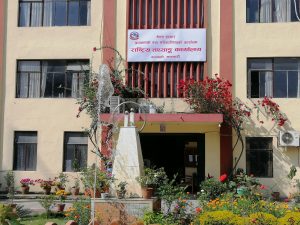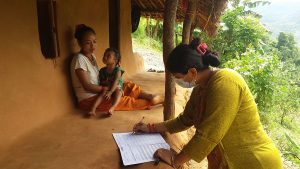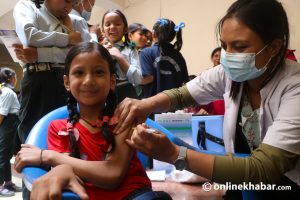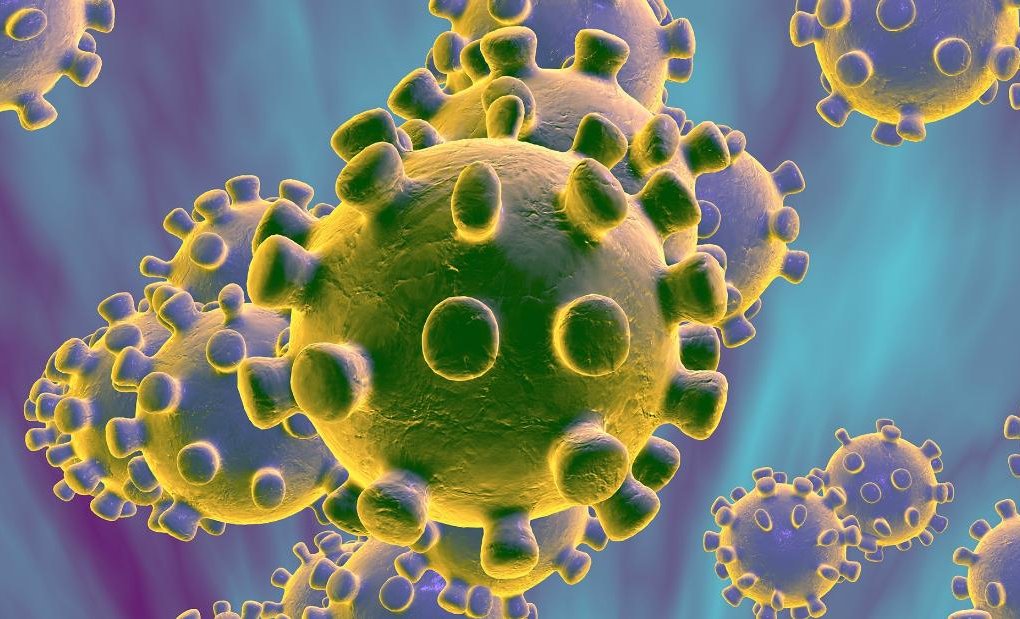 In the wake of the Covid-19 pandemic, the government of Nepal and private sectors have been working together to spread awareness regarding the new disease among the people. In this unprecedented crisis, awareness is key to safeguard oneself and others from this deadly infection. Awareness about the disease, its symptoms, are preventive measures are catered via as many as available communication channels like television, radio, newspaper, websites, social media, mobile phone, and others.
In the wake of the Covid-19 pandemic, the government of Nepal and private sectors have been working together to spread awareness regarding the new disease among the people. In this unprecedented crisis, awareness is key to safeguard oneself and others from this deadly infection. Awareness about the disease, its symptoms, are preventive measures are catered via as many as available communication channels like television, radio, newspaper, websites, social media, mobile phone, and others.
Interestingly, the use of mobile phones has been proved effective in providing information about the noble disease as almost all families have access to these little devices these days. All telecommunication service providers, as well as a few national and international enterprises, have also supported the government effort in the awareness drive.
Who is doing what?
As an effort to raise public awareness about the disease, Nepal Telecom, the government-run telecommunications company, changed its usual caller ring back tone (CRBT) with a message about the Covid-19′ symptoms and certain precautions that the public can adopt in this situation. Nepal Telecom started this service from the afternoon of March 19, five days before the lockdown started, and is still in practice.
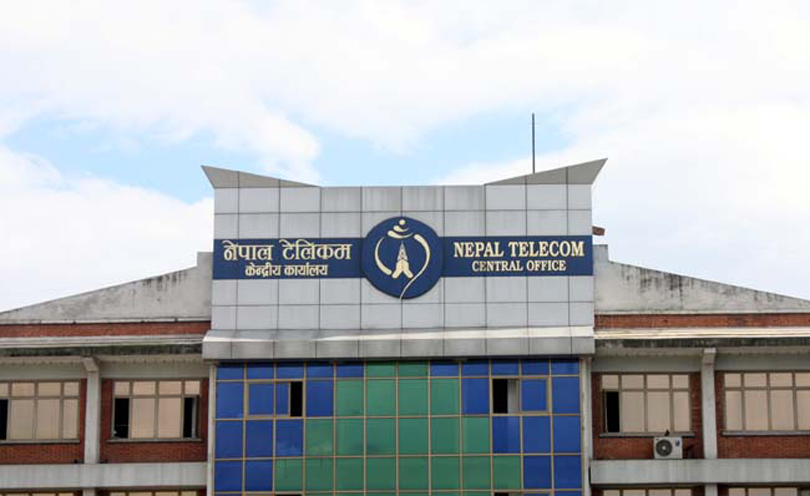
However, the message is not always the same. “Nepal Telecom has been changing the awareness CRBT as per the requirement of the situation. It has already been changed three or four times since the beginning,” Rajesh Joshi, the company’s spokesperson, says.
“The awareness message that comes from the Ministry of Health and Population to the company are recorded, kept into its system and catered via CRBT and SMS to the users,” he informs, adding, the decision to play the message as the CRBT, however, is the company’s own. “We felt it was our social responsibility to do something at the time of this crisis.”
Meanwhile, the company in collaboration with Viamo, a global social enterprise focused on “improving lives via mobile”, also added some other awareness messages into its information centre called ‘NT Suchana ko Sansar’.
Prabina Shrestha, the product manager at Viamo, explains, “One having an NT SIM card can access this service by making a call at 32100 for free as of now. They need to follow the voice instructions to get the information.”
 Shrestha shares, “On the basis of the guidelines of the World Health Organisation (WHO), Viamo prepared a script comprising the queries about the disease and their answers, such as about its symptoms and preventive measures in the English language. Then, we went to the National Health Education Information and Communication Centre (NHEICC) to take approval. After that, the awareness message was translated and recorded in the Nepali language by Digital Broadcast Initiative Equal Access and finally added to NT Suchana ko Sansar service.”
Shrestha shares, “On the basis of the guidelines of the World Health Organisation (WHO), Viamo prepared a script comprising the queries about the disease and their answers, such as about its symptoms and preventive measures in the English language. Then, we went to the National Health Education Information and Communication Centre (NHEICC) to take approval. After that, the awareness message was translated and recorded in the Nepali language by Digital Broadcast Initiative Equal Access and finally added to NT Suchana ko Sansar service.”
Kunj Prasad Joshi, a Senior Health Education Administrator at the NHEICC, confirms, “We check whether the contents given by the private organisations are according to the guidelines of the MoHP and then approve or reject their proposal accordingly.”
Just like the NT, another leading telecommunications service provider of the country, Ncell, has also started spreading awareness via CRBT, text messages, engagement promos, and outbound dialing (OBD) calls.
The company’s officials say the company has been continuously spreading awareness on the pandemic from March 3 as soon as it received a request from the Ministry of Health through the Nepal Telecommunications Authority, the sector’s regulatory agency. By April 23, Ncell has sent over 45 million SMSes, 20 million OBD calls, and changed its ring back tone in line with the government’s messages.
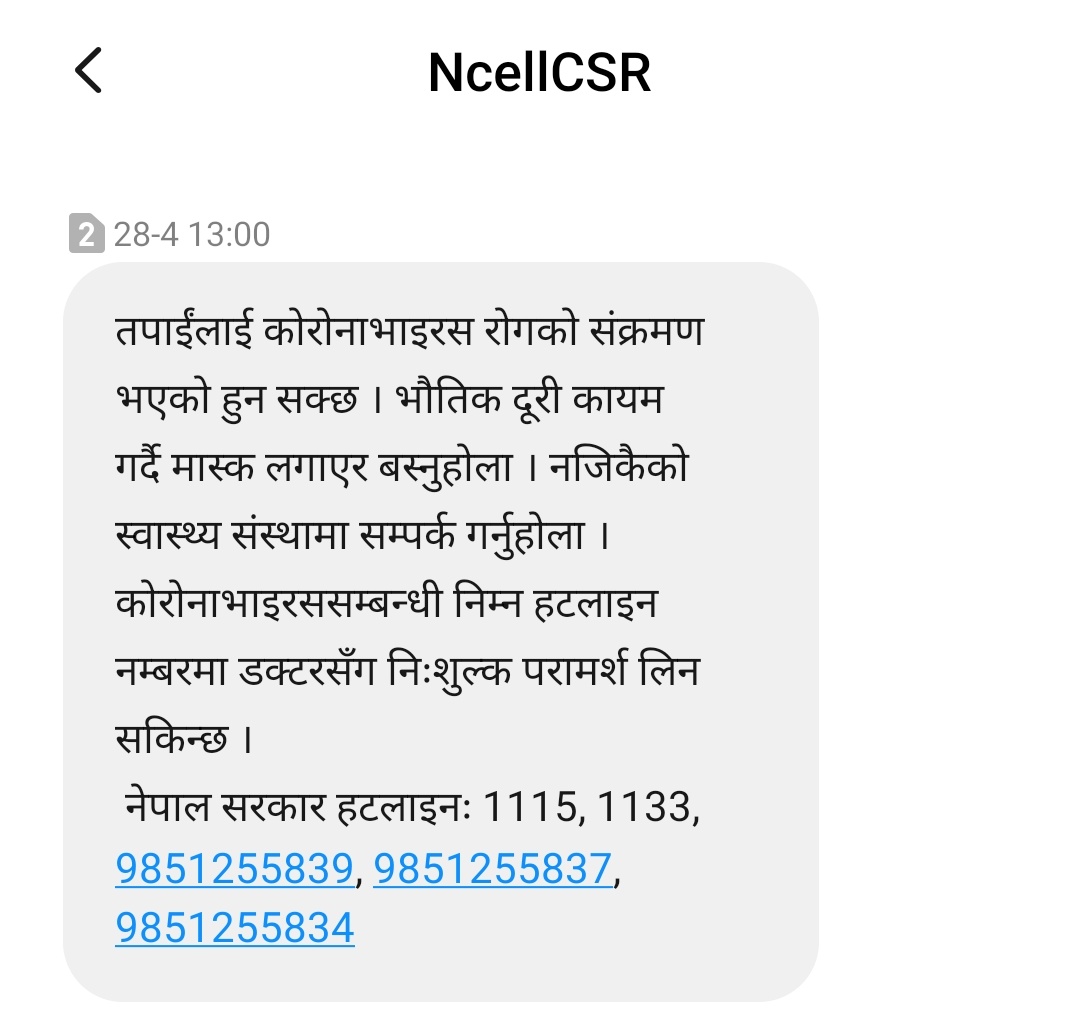 In collaboration with the government’s Covid-19 Crisis Management Centre (CDMC), both Ncell and NT launched a self-assessment survey, through USSD code *17100# or IVR 17100 (for Ncell subscribers) and *1419# (for NTC subscribers), in which the respondents can answer a number of queries related to symptoms of the disease.
In collaboration with the government’s Covid-19 Crisis Management Centre (CDMC), both Ncell and NT launched a self-assessment survey, through USSD code *17100# or IVR 17100 (for Ncell subscribers) and *1419# (for NTC subscribers), in which the respondents can answer a number of queries related to symptoms of the disease.
According to Ncell, its subscribers, after answering a series of questions related to symptoms of the disease also receive instant messages with suitable health advice including details of government hotlines such as 1115, 1133, 9851255839, 9851255837, 9851255834, and Ncell hotline number 9801575005. Ncell launched its hotline service in collaboration with a health service-providing company called ‘Health at Home’, in which one can consult doctors over the telephone for free.
Besides operating such hotlines, the government has not made any investment in such systems, according to Joshi of the NHEICC.
 Assessing effectiveness
Assessing effectiveness
Though the companies are excited about sharing information on their initiatives, how effective these services have been to control the spread of the coronavirus is one of the prominent queries as of now.
In response to this query, Joshi of the NT answers, “We are receiving a lot of positive feedback from our users. We believe it is necessary to keep reminding people about the symptoms and preventive measures repeatedly so that they will follow them seriously.”
Likewise, Shrestha of Viamo shares, “Our efforts are mainly focused on the people of rural areas. Though we have not carried out any official survey about how effective this service has been to spread awareness about the coronavirus, we are hopeful that it has been effective to a certain extent.”
Similarly, according to Ncell, amongst all services, the OBD has been most persuasive to make people aware of the Covid-19.






